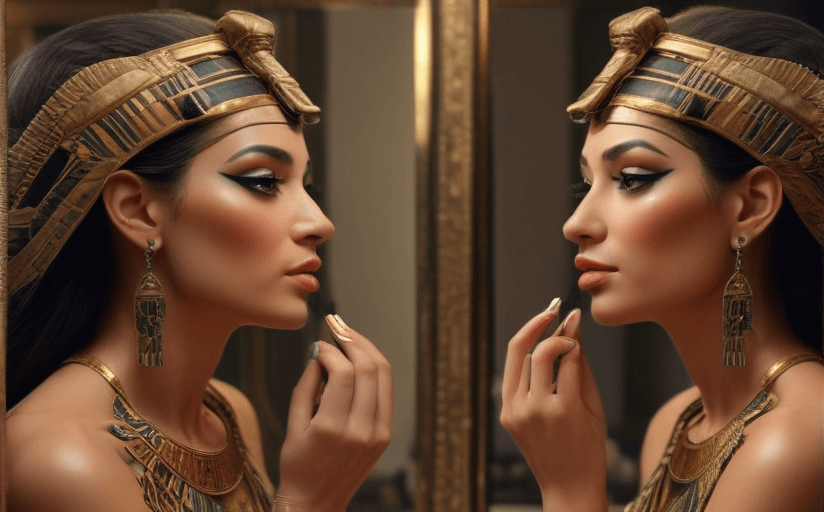The Ancient Roots of Modern Beauty: Tracing the Lineage of Current Personal Care Practices
The beauty industry, a powerhouse in the modern marketplace, owes much of its methods and ingredients to those used by civilizations long passed. Ancient practices have laid a solid foundation for the elaborate skincare routines of today. Let's explore the profound influences of Egypt, Greece, China, India, among other cultures on the personal care practices we maintain today.
A Past Rich in Beauty
The beauty practices of ancient civilizations were more than superficial rituals. It was a lifestyle that merged the body, soul, and environment. In Egypt, Greece, India, and China, beauty was seen as a sign of holiness. Ancient Egyptians, for example, employed a variety of ointments and balms made from natural products. Similarly, ancient Greece and India have been significant players in holistic beauty, a concept that emphasizes total body wellness. These practices and ingredients not only provided a richer understanding of beauty but also laid the foundation for modern beauty standards and regimens.
Natural Ingredients: Then and Now
Despite the rise of synthetic products, natural ingredients continue to dominate the beauty industry. Ingredients like honey, olive oil, and aloe vera, widespread in ancient beauty rituals, remain essential in today's cosmetics. They were revered in ancient times for their nourishing and healing properties, and contemporary research echoes these benefits.
Back to Nature
With awareness and knowledge, today's consumer recognizes the power of these nature-sourced ingredients. This knowledge reflects in the cultural shift towards organic and all-natural beauty products. A pause and look back to the past reveal this move as a continuation of ancient beauty philosophies. From the essential oils of Egypt to the herbal concoctions of China, organic beauty is not new; it’s just us rediscovering our roots.
Holistic Beauty: From Ancient Times to Present Day
The concept of holistic beauty is another essential principle that fortifies the connection between ancient and modern beauty practices. Ancient societies, such as India, with its system of Ayurveda, encouraged the perspective of overall physical, mental, and spiritual well-being. It's a full-bodied understanding of beauty and wellness that persists in current trends. The growth of meditation, mindfulness, and natural eating habits stems from this old-world understanding of holistic health and beauty.
In conclusion, modern beauty practices and products are deep-seated in the rituals of our ancestors. They highlight the timelessness of natural ingredients and holistic principles. It's a testament to the fact that despite technological advances, our fundamental beauty needs remain the same as those of our ancient predecessors.
















Comments
Leave a Comment